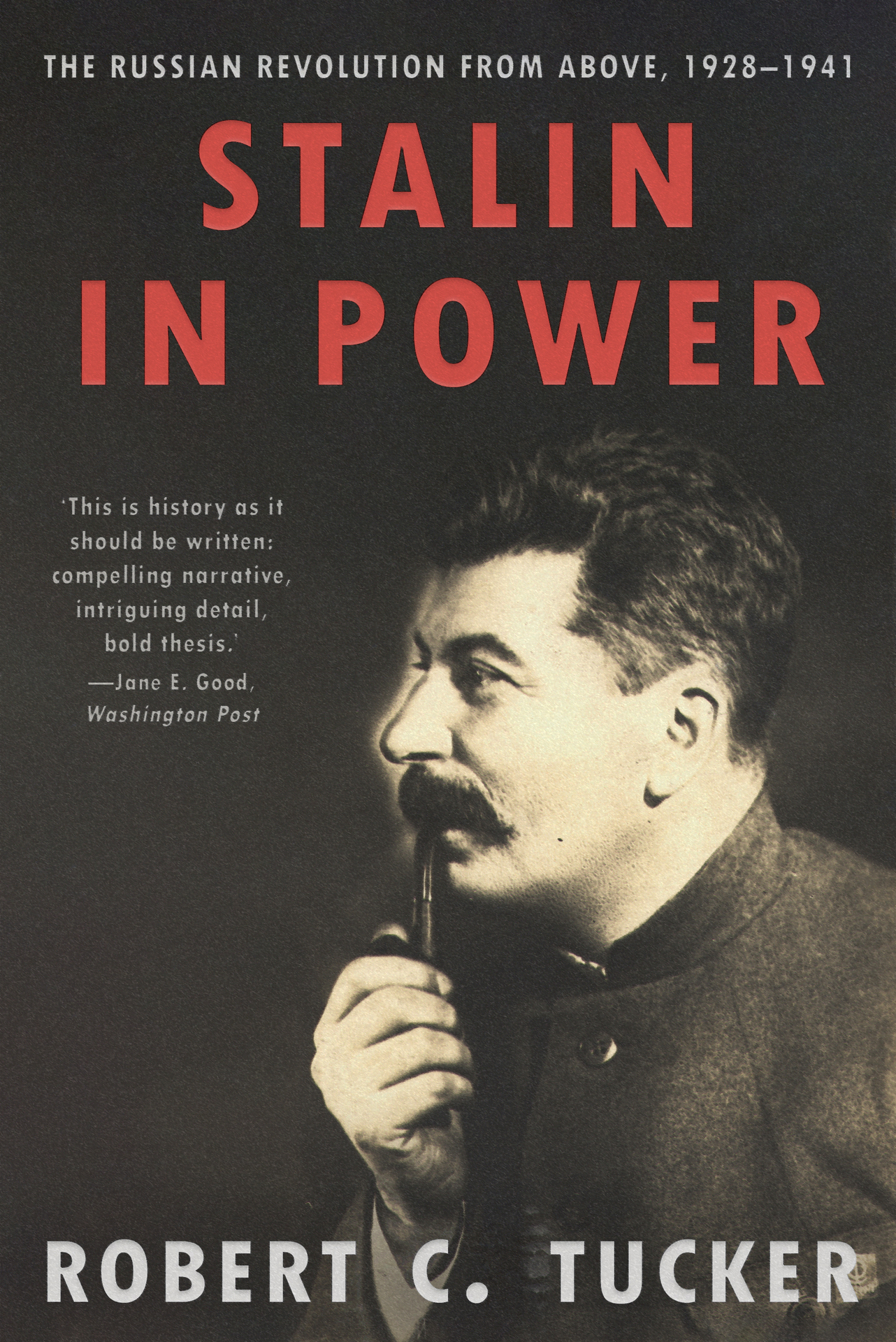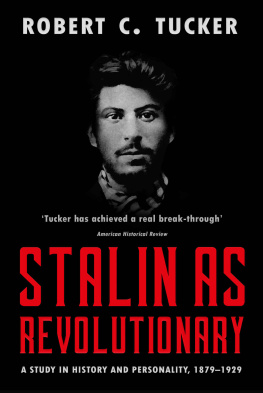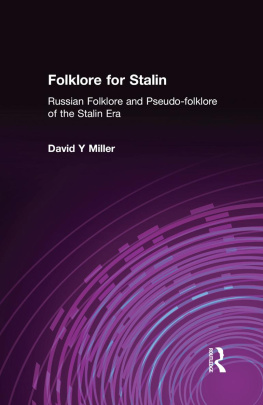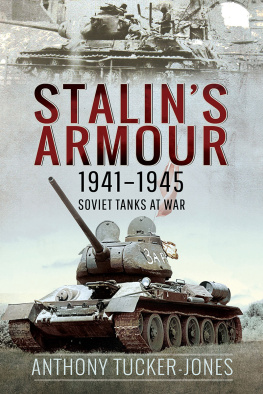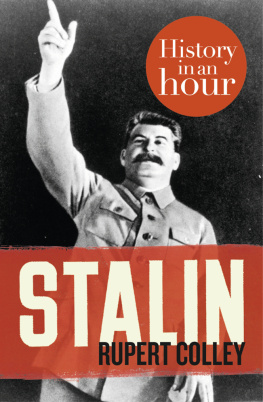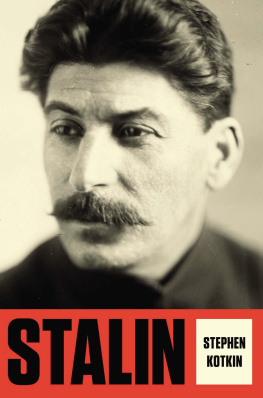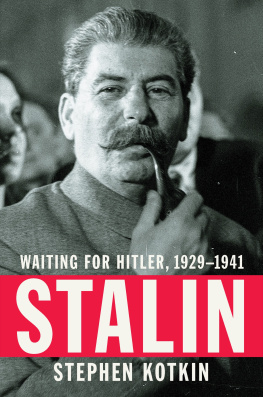Preface
The Soviet system took shape under the impact not of one revolution but of two.
We have it on Stalins authority that the second started as a revolution from above. The official Short Course of party history, prepared under his personal direction and published in 1938, characterized the rural collectivization of 192933 as an expropriation of the kulaks comparable to the Bolshevik expropriation of the capitalists in 1918, and went on: This was a profound revolution, a leap from an old qualitative state of society to a new qualitative state, equivalent in its consequences to the revolution of October 1917. The distinguishing feature of this revolution is that it was accomplished from above , on the initiative of the state, and directly supported from below , by the millions of peasants, who were fighting to throw off kulak bondage and to live in freedom in the collective farms.
The claim that collectivization had mass peasant support from below was false, but Stalins description of it as a revolution from above was accurate. Furthermore, this term is applicable to the second revolution as a whole, including the phase in the later 1930s when massive terror transformed the single-party state inherited from Lenin into an absolute autocracy. The revolution from above was a state-initiated, state-directed, and state-enforced process, which radically reconstituted the Soviet order as it had existed in the 1920s. State power was the driving force of economic, political, social, and cultural change that was revolutionary in rapidity of accomplishment, forcible methods, and transformative effect. The statist character of this revolution is not obviated by the facts that not a few willingly assisted it, most acquiesced in it, and many were, in a career sense, its beneficiaries.
The aim of this book is to show how and why this second revolution took place, how it developed in stages and with what consequences, and what parts Stalin and others played in it and why. As an interpretive history, the book has a central theme: that the second revolution was basically a reversion to a developmental mode that had existed in earlier Russian history. It was a return to a state-sponsored revolution from above, aimed primarily at making Russia a mighty military-industrial power able to fend for itself in an unfriendly international setting and to expand its borders as opportunity allowed.
The tendency for a social revolution to be followed by a return to normalcy is a phenomenon made familiar by the Thermidorian reaction in the aftermath of the French Revolution of 1789. Some participant observers, most notably Lev Trotsky, saw signs of a Russian Thermidor in the rise during the mid-1920s of a conservatively inclined Soviet bureaucratic stratum. Their view, however, was confounded when Stalin led the Soviet party-state into the second revolution at the outset of the 1930s. What occurred in Russias case was not a relapse into prerevolutionary normalcy, not a return to the Russia of the last tsars, but a revival of a state-building process that had occurred much earlier in the countrys history. Inevitably, this resuscitated various old-regime practices, which places a strong counterrevolutionary stamp on Stalins revolution.
To say this is not to deny that much of what went on in the 1930s moved Russia to modernity. Stalins Russia of the 1930s rapidly industrialized in the drive for expanded military power, as Tsar Peters Russia had tried to do in the early eighteenth century. Urbanization proceeded apace. Stalin sent the nation to school, emphasizing technical and vocational education. And there were technological achievements of note, especially in such fields as aviation. None of this, however, contradicts this books thesis.
Certain preconditions had to exist for the reversion to a long-past developmental mode to take place. One was the pattern of state-sponsored revolutionary change in Russias earlier history. Yet, patterns out of a nations past do not reappear simply because once they were there. They may recur, however, if powerful living leaders find them relevant to problems confronting the nation in their own time, and if they succeed in putting into effect resulting policies.
With one exception, the Bolshevik leaders were not disposed to look to the distant Russian past as a source of instruction about present policy. That exception was Stalin. He alone had the potential for leadership that would take cues from old Russias developmental mode. What kind of man was he that he differed so sharply from the others in this respect? He was, as we shall see, a Bolshevik of the radical right, who blended his version of Leninist revolutionism with Great Russian nationalism. The mixture produced the peculiar idea of a forcible revolution from above as the right formula for socialism in Soviet Russia, and Stalin acted on it.
Although this book is the sequel to my Stalin as Revolutionary, 18791929: A Study in History and Personality , it is designed to be read on its own as an account of both the background and the events of 192841. The interpretation had been worked out, and the great bulk of the book had been written in draft, when Mikhail Gorbachev became Soviet leader in 1985. The reform movement that he initiated has opened up the past, especially the Stalin era, to history writing, and much material of use to scholars has come out recently, but no change in the interpretation presented in this book has been necessitated; rather, the new Soviet materials have been corroborative. Insofar as previously unknown facts of significance about Stalin and the period covered in this work have appeared, I have incorporated them in these pages along with references to the sources.
Acknowledgments
When a book has been in preparation for over fifteen years, as this one has, the number of debts of gratitude to persons and institutions grows correspondingly long.
First among the institutions to which thanks are due is Princeton Universitys Center of International Studies, under whose auspices the book was written and whose staff has rendered invaluable service in its preparation. Thanks are also due to the National Endowment for the Humanities, the Rockefeller Foundation, the National Council for Soviet and East European Research, the Institute for Advanced Study, the Harriman Institute for Advanced Study of the Soviet Union, the Kennan Institute for Advanced Russian Studies, and Indiana Universitys Institute for Advanced Study, all of which provided fellowships or facilities or both. Harvard provided access to its Trotsky Archive, the Hoover Institution to its Boris I. Nicolaevsky Collection, and Columbia University to its Bakhmetieff Collection. Grants from the International Research and Exchanges Board enabled me to pursue research on Stalin in the Soviet Union for a month in 1977 and four months in 1989, very much to this books benefit.
Among the many persons who have helpfully contributed to my work on this volume, I should list:
My wife, Evgenia Pestretsova Tucker of Princeton University, who was very supportive throughout and commented on draft chapters as they emerged.

